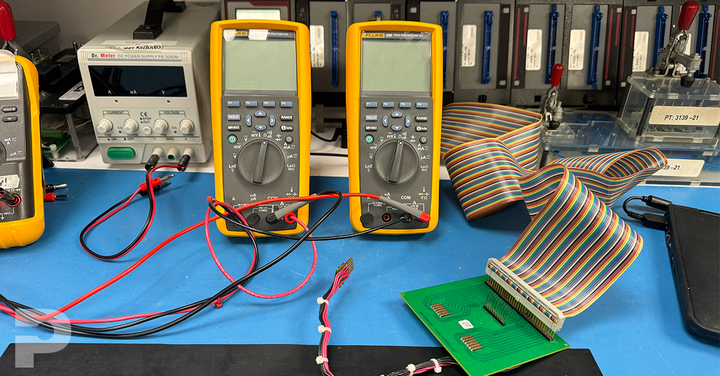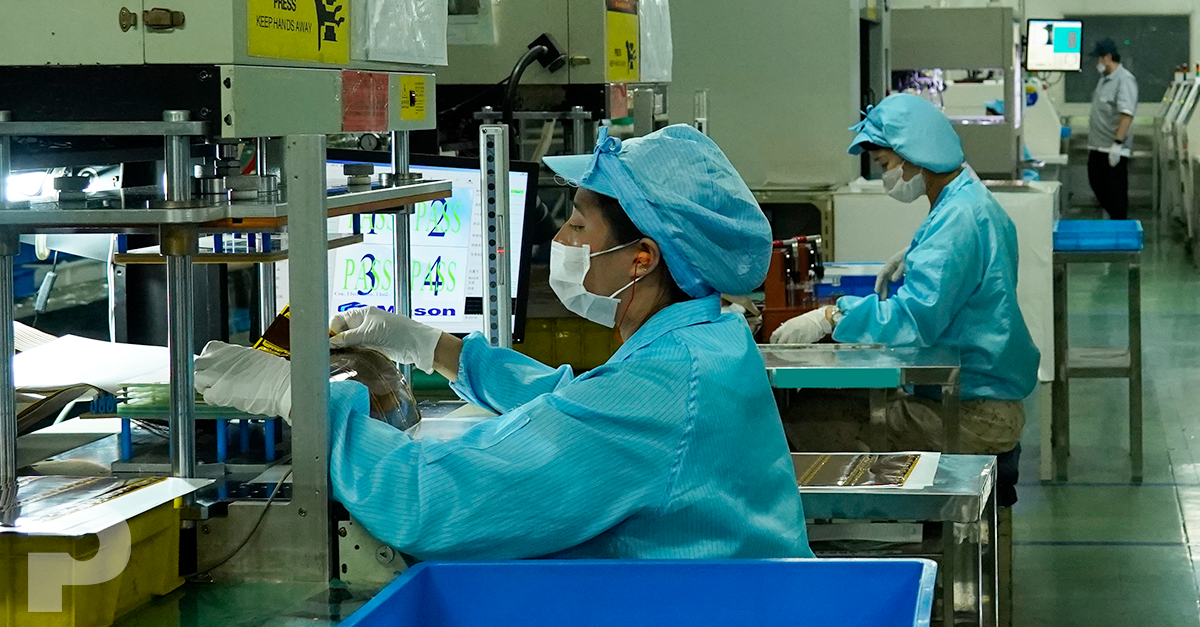
Introduction
Electrical verification is where hidden reliability risks in flex circuits show up long before final assembly. This post walks through the core resistance, isolation, and signal-integrity tests that confirm your circuit is built correctly. You’ll learn what each method detects and how engineers use the results to prevent downstream failures.
- Resistance, Capacitance, and Inductance Testing
Testing the resistance, capacitance, and inductance is vital for verifying that components on PCBs adhere to their functional specifications. For these measurements, we employ LCR meters, which are versatile and precise instruments capable of assessing all three parameters.
Detailed Testing Methods
LCR Meter Testing: Our LCR meters are integral to our testing procedures. They provide accurate and comprehensive measurements of resistance, capacitance, and inductance. This multifunctional capability ensures that each component—whether a resistor, capacitor, or inductor—meets its specific requirements and performs reliably within the circuit. By confirming that these elements adhere to their design specifications, we enhance the overall functionality and reliability of our PCBs.
- In-Circuit Testing (ICT)
ICT is one of the most comprehensive methods used to check the assembly and functionality of components on a PCB. It's particularly valuable for complex circuits with high component densities.
Methodology and Considerations
This test requires a specialized fixture that contacts test points on the PCB, allowing individual testing of each component for functionality and correct behavior. The test typically involves various voltages and currents, tailored to the specific components being tested. Although this method is more costly and time-consuming, its thoroughness makes it indispensable for ensuring that complex PCBs function correctly in their final applications.
Have you read part one of this two part blog series? Click below to read Flexible Circuit Electrical Testing Methods | Ensuring Performance & Reliability
- Signal Integrity and Power Integrity Testing
We ensure that all signals and power distributions within the PCBs are optimal and meet operational standards.
Testing Protocols
Signal Integrity: Oscilloscopes analyze signal waveforms for any distortions or noise.
Power Integrity: Power analyzers measure voltage drops and current distribution to ensure stable power delivery to components.
- Cap Test: Specialized Capacitance Testing
The Cap Test is an essential procedure designed to verify the functionality and accuracy of capacitors within PCBs. It ensures that capacitors meet their specified values and perform reliably within their circuit applications.
Testing Process
Using targeted electrical signals, we measure each capacitor's response to identify any performance discrepancies or deviations from expected values. This precise testing is crucial for applications where capacitor reliability is critical, such as in power supply circuits and signal filtering systems.
Conclusion
This discussion of our verification methods for assembled circuitry concludes our two-part series on electrical verification protocols. By rigorously testing circuitry with mounted components, we ensure that our products not only function according to technical specifications but also uphold the reliability and excellence expected by our customers. PICA Manufacturing Solutions remains dedicated to delivering top-tier printed circuit boards and flex printed circuits, reinforcing our commitment to quality and customer satisfaction in every piece we produce.
